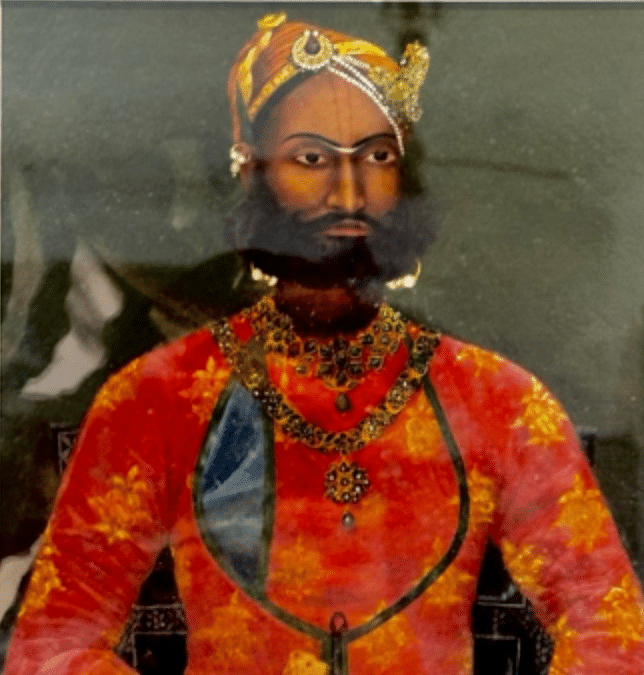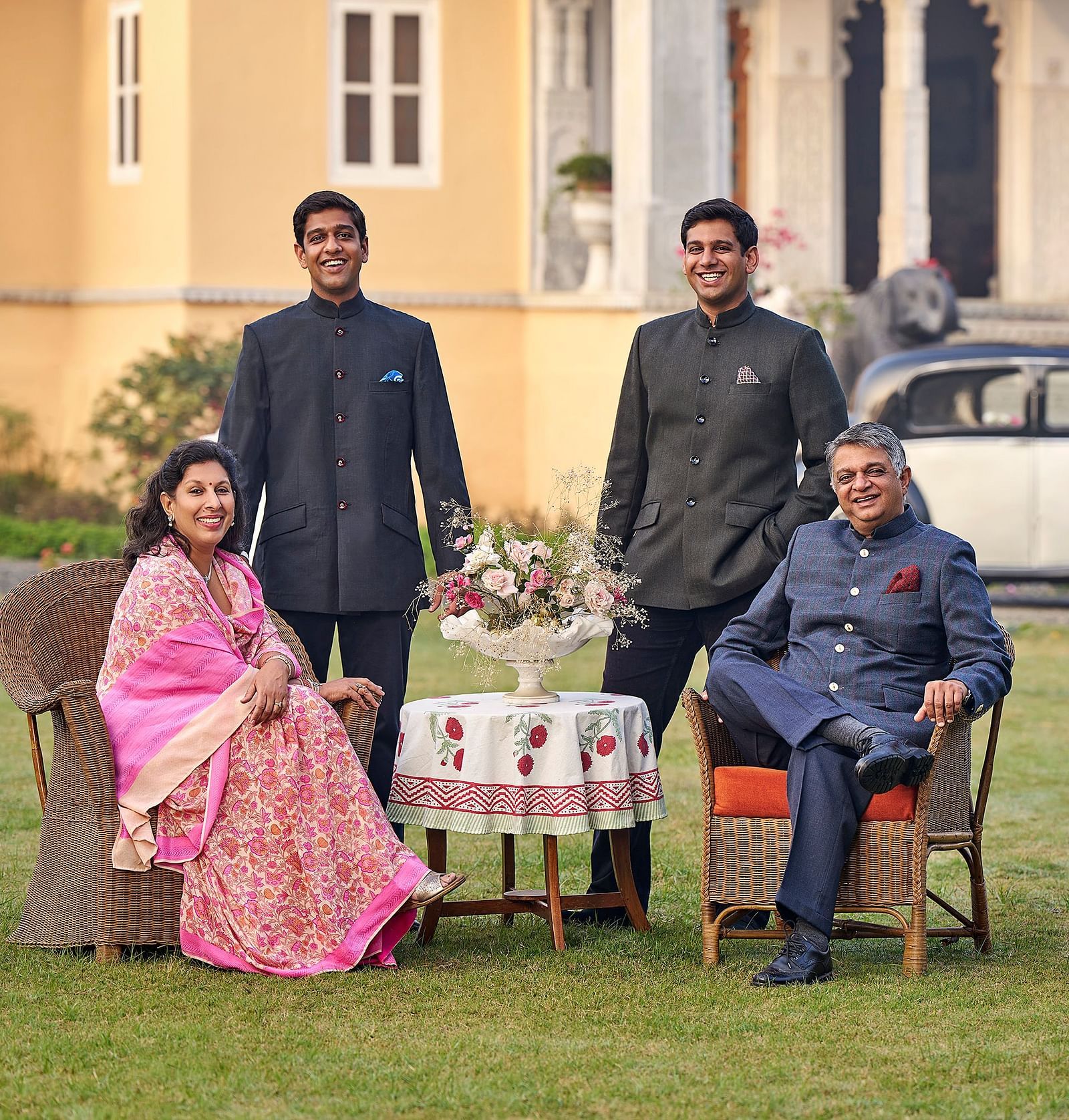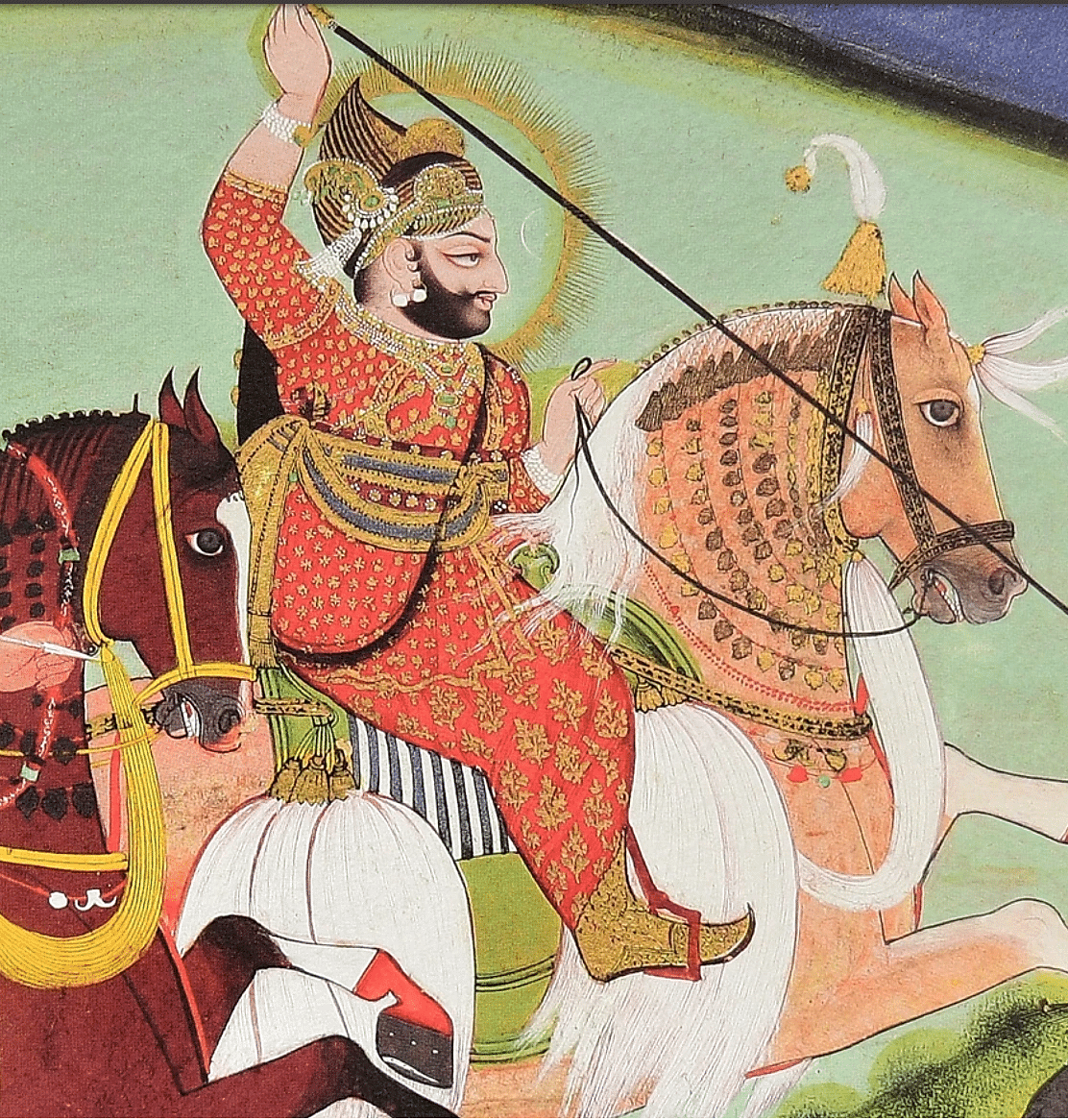Home > History

The Best Homestay in Rajasthan and seventh best in India - TripAdvisor rating of 2021.
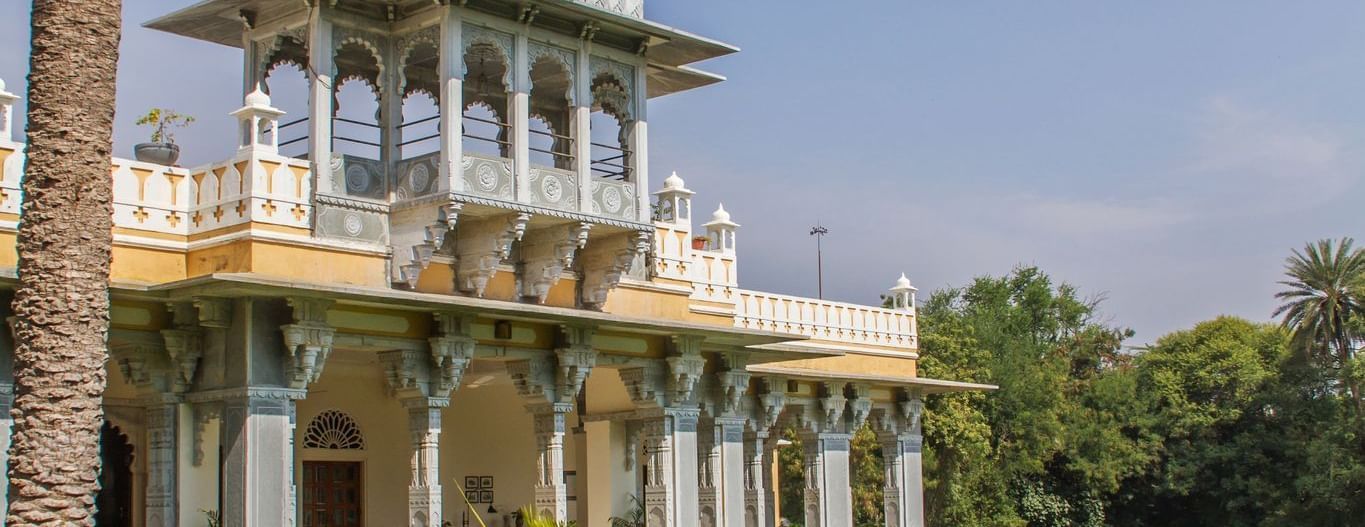
DEV SHREE DEOGARH - A LEGACY REIMAGINED
Shatrunjai Singh Chundawat, a proud descendant of the Deogarh family, embarked on a journey to resurrect heritage by crafting a home for his kin. After numerous deliberations on style and design, two convictions stood firm: the home should foster a welcoming aura for a steady stream of friends and it should spotlight the local craftsmanship, providing a learning arena for the community's youth in the realm of hospitality.
Rooted in the principality of Mewar, Shatrunjai sought to infuse his abode with the architectural essence of Mewar. His eyes turned towards Udaipur, drawing inspiration from the beguiling Bagor ki Haveli, the majestic City Palace and the skilled artisans who brought these edifices to life. Thus, the foundation of Dev Shree was laid.
With Nimbahera stone as the canvas, local artisans toiled for nearly two years, meticulously chiselling blocks of stone into intricately carved pillars. These now grace the expansive veranda that overlooks the serene Ragho Sagar Lake, offering a tranquil retreat to relax, delve into a book or revel in the ballet of local migratory birds skimming the placid lake waters. Through every nuanced carving and whispered breeze across the lake, the rich history of Deogarh beckons, offering a glimpse into a rich tapestry of history and hospitality.
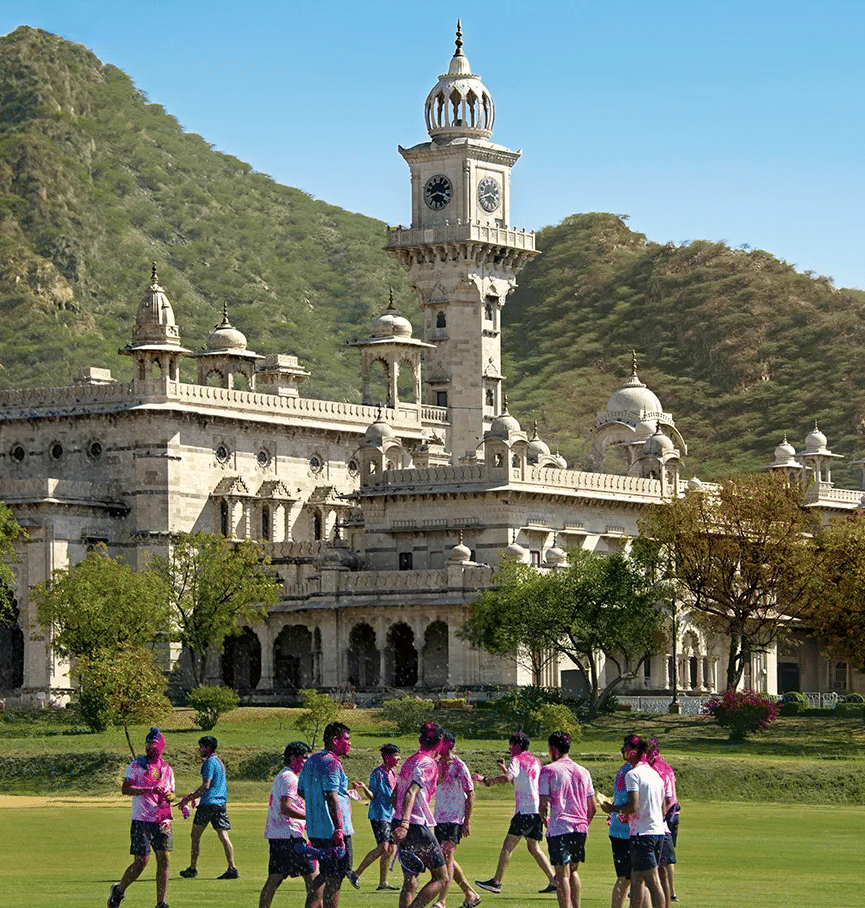
Mayo College
Explore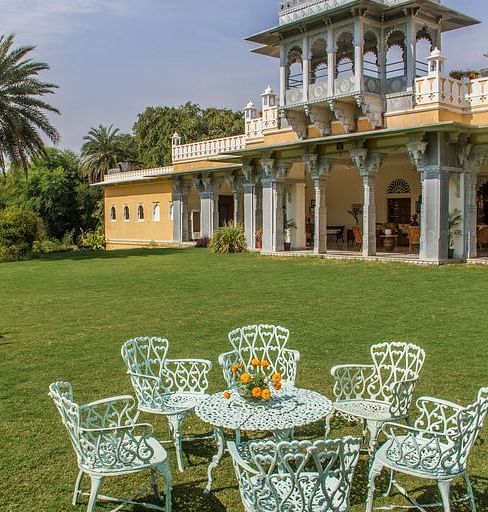
Message From Shatrunjai & Bhavna
Explore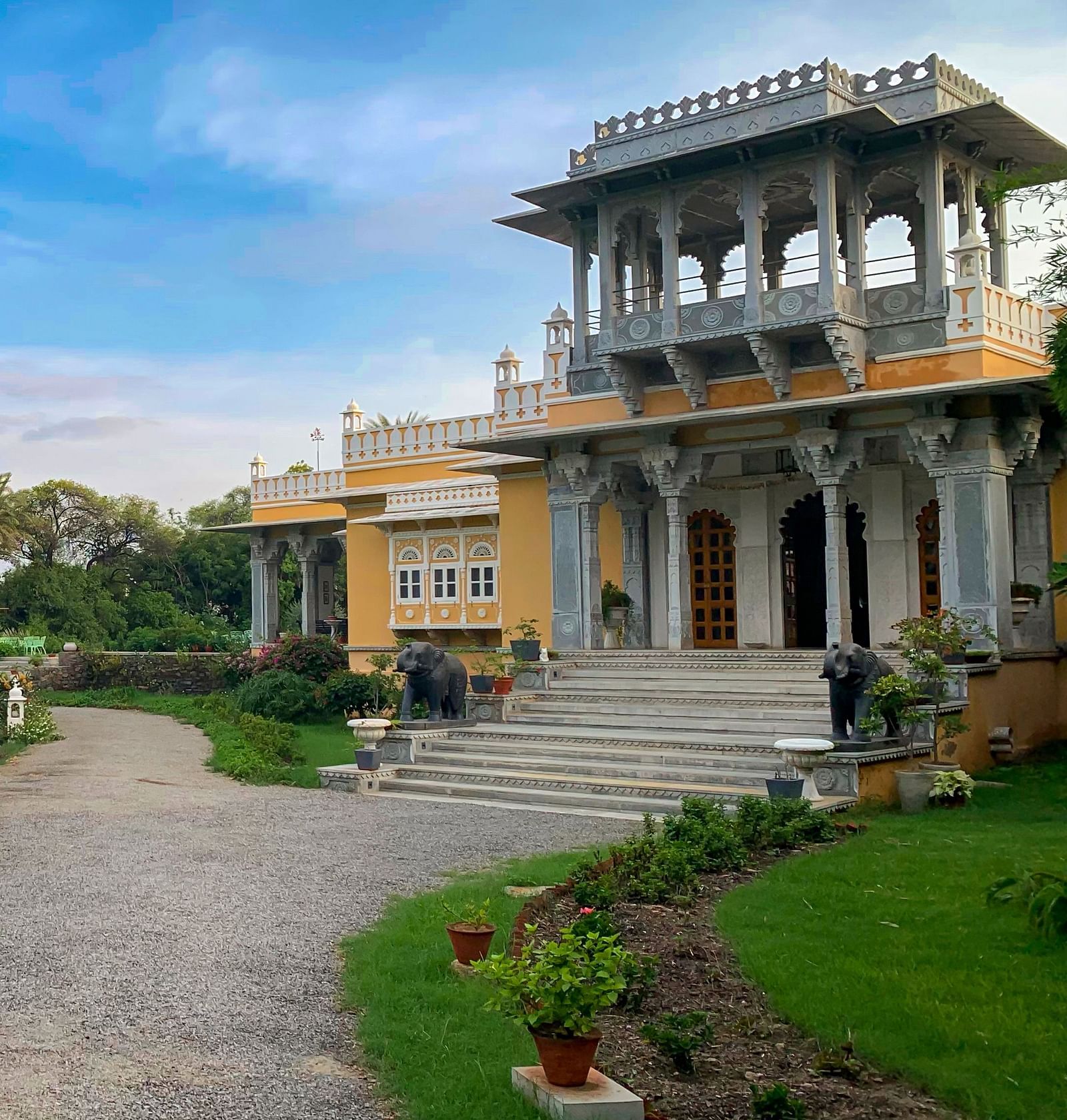
Message from Mahadriti & Bhagyaditya Singh Chundawat
Explore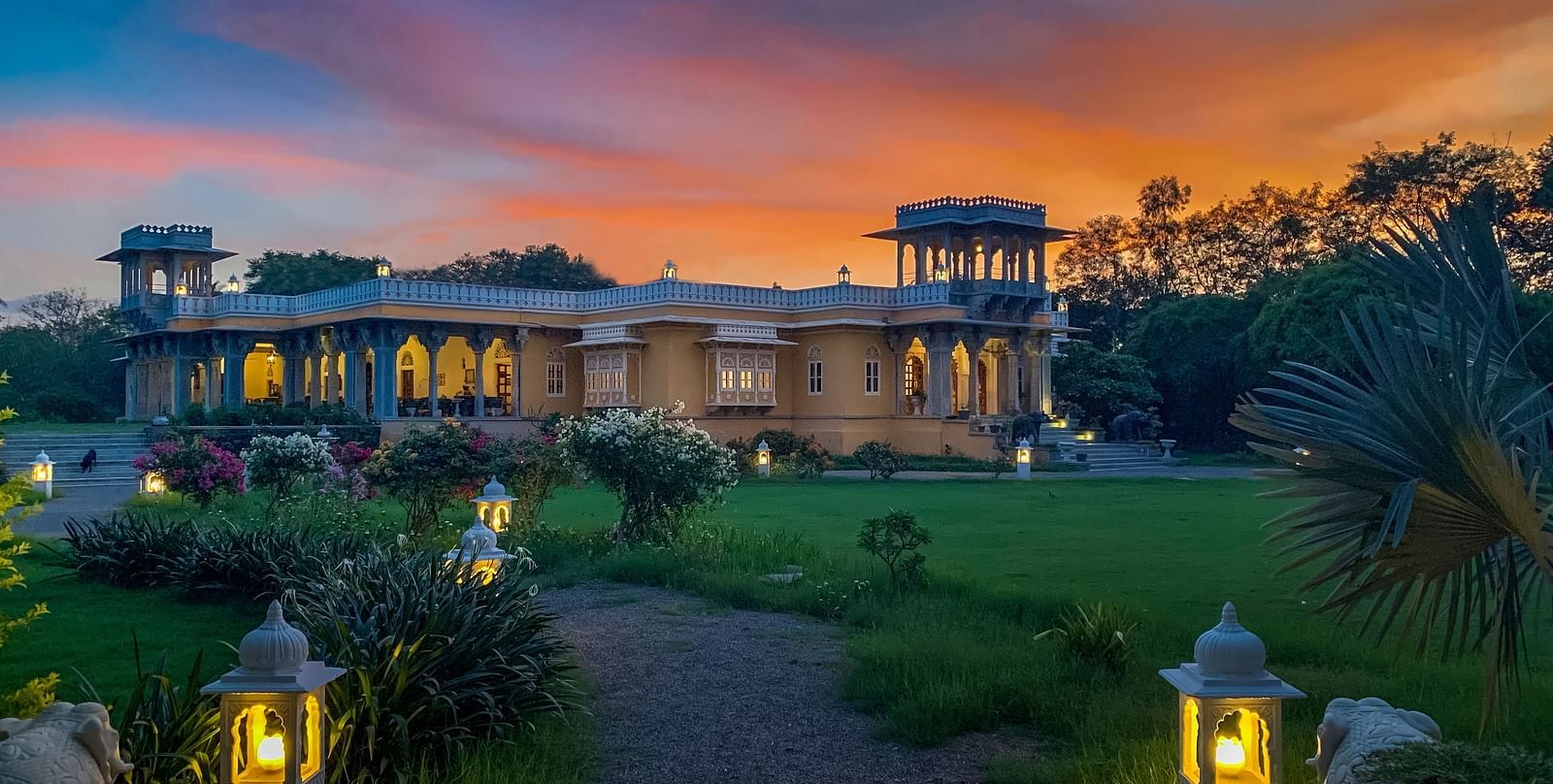
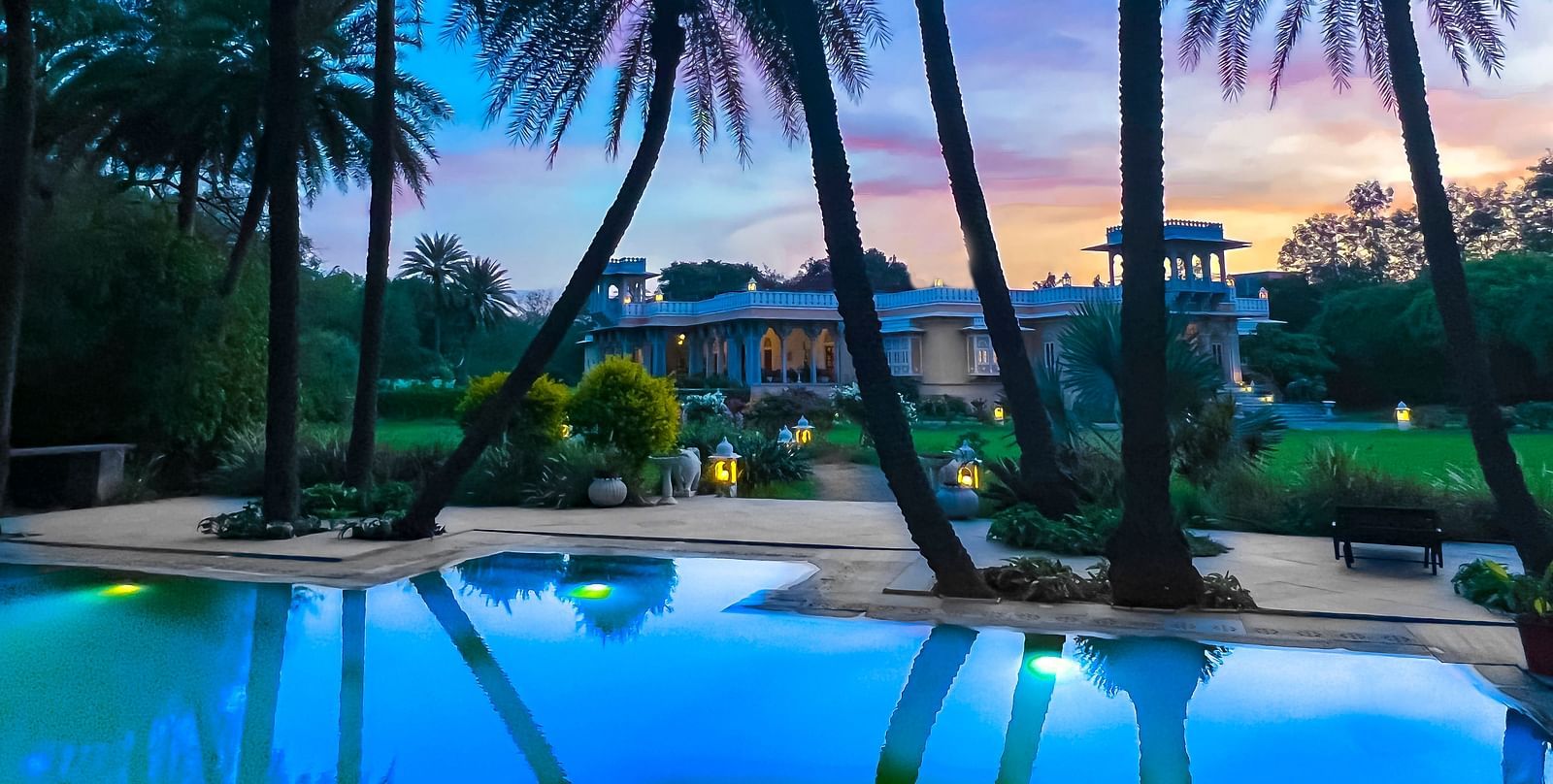
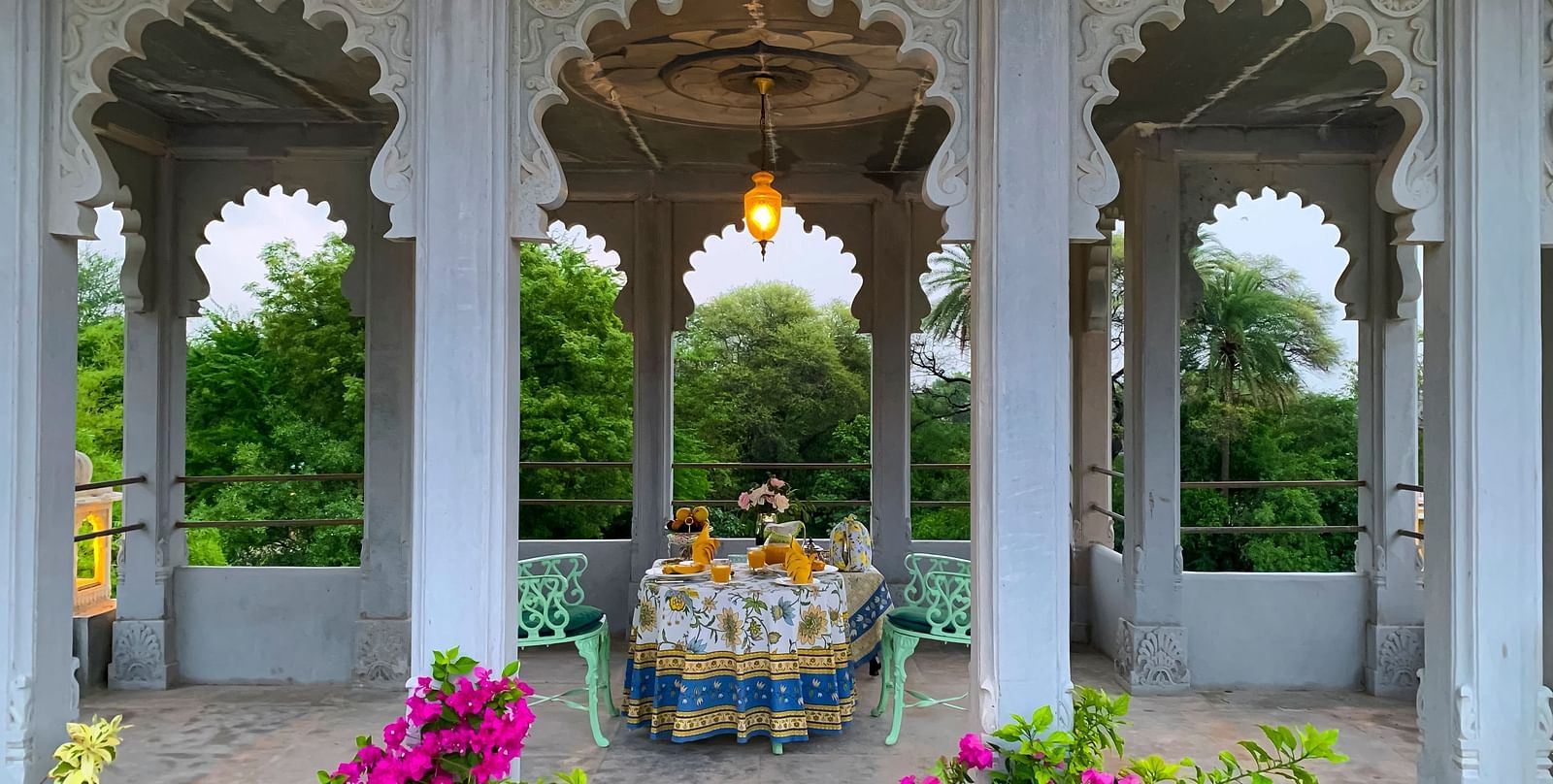
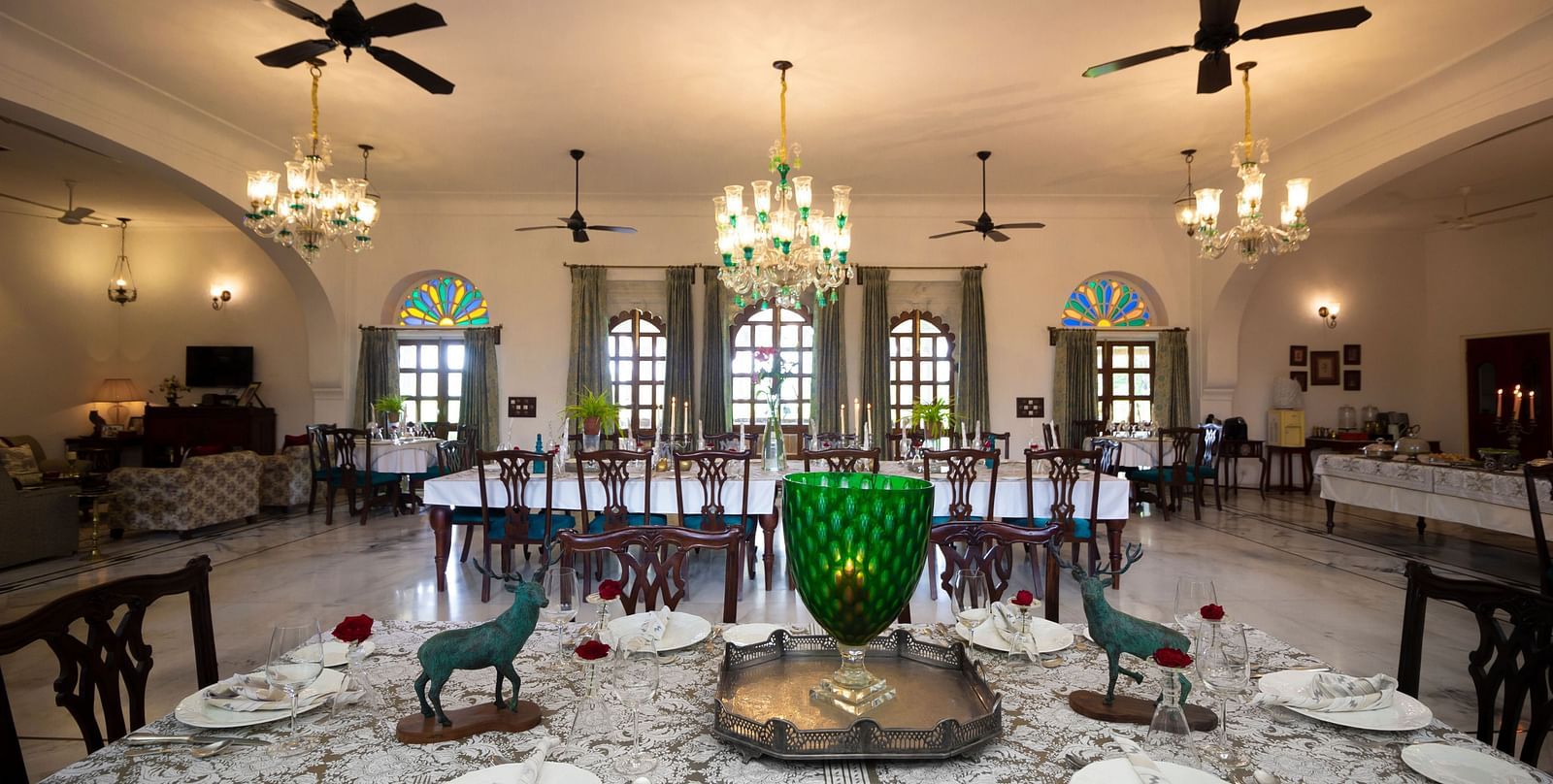
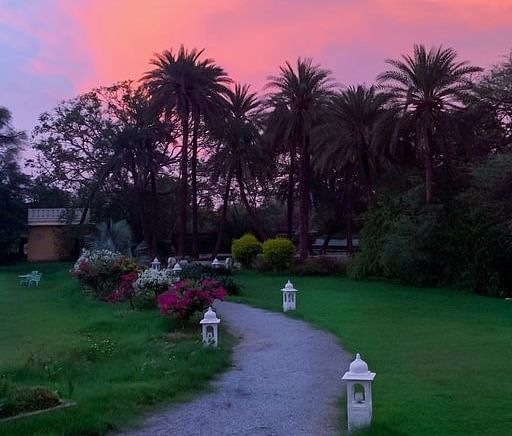
NEWSLETTER
Join our mailing list. Never miss an update!

